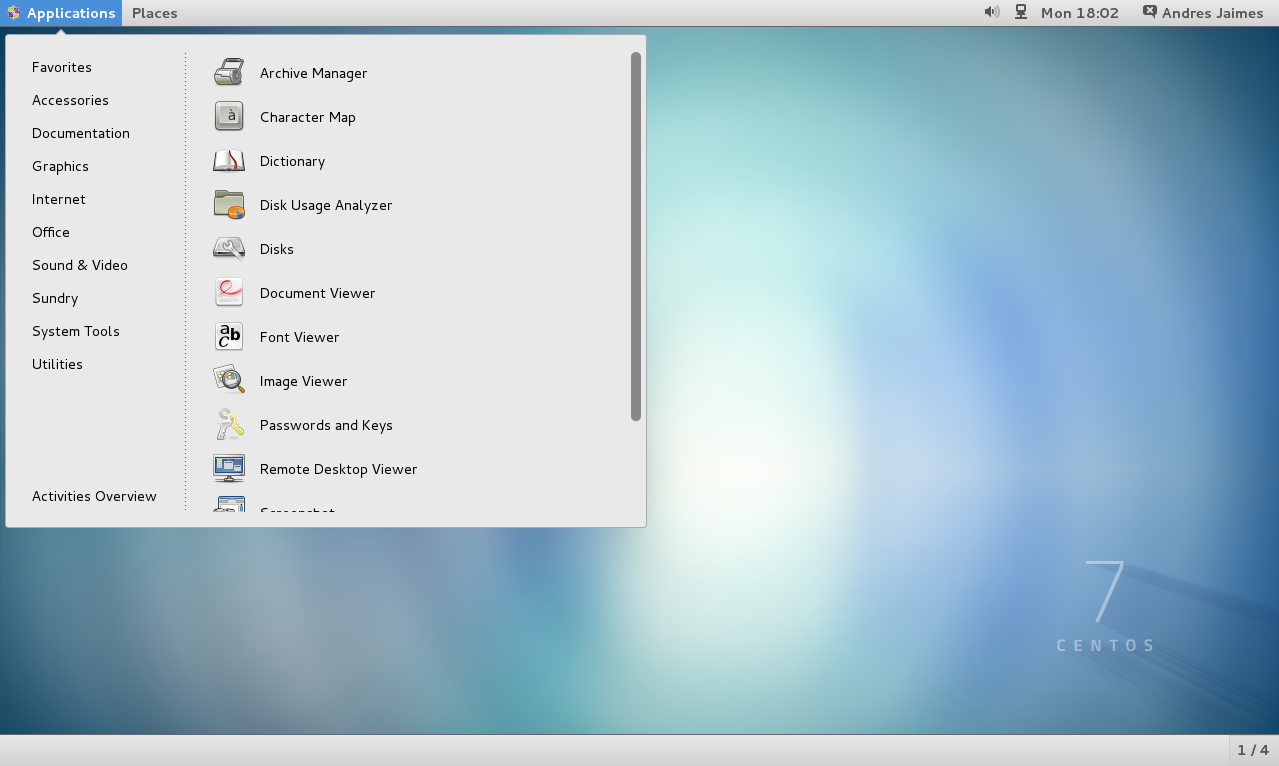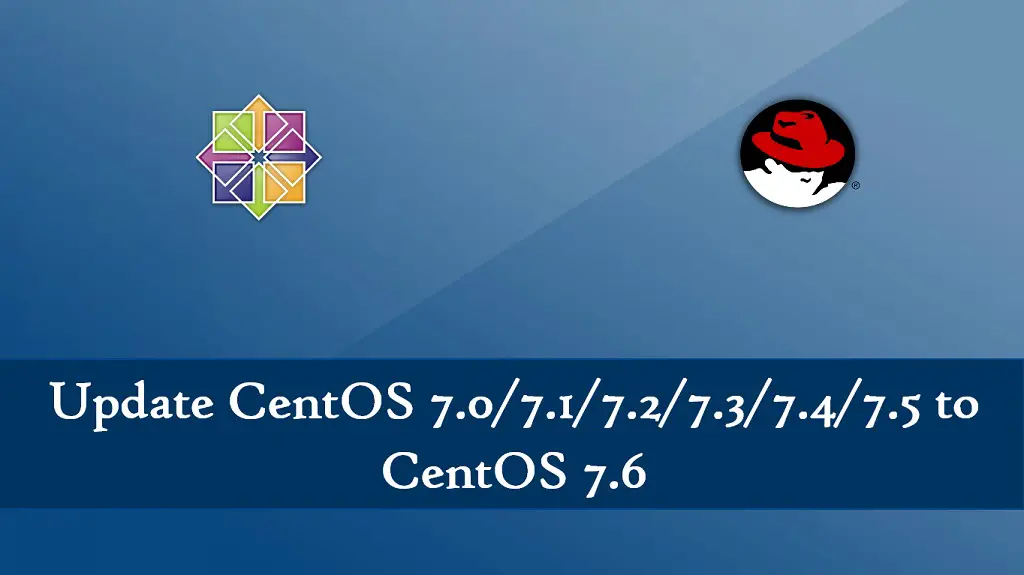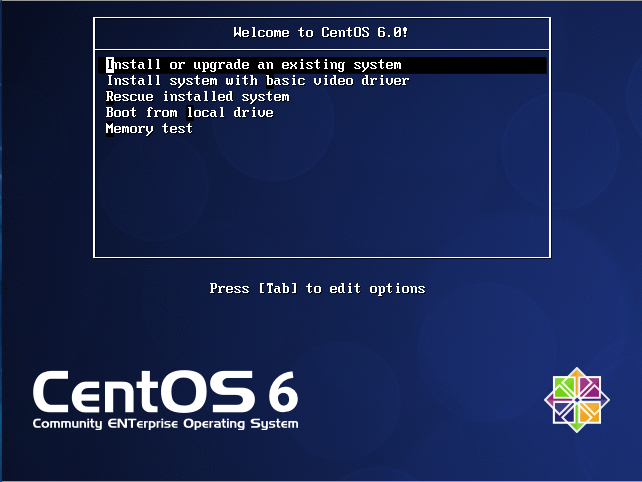

You can use rpm to query whether a specific CVE is addressed in a given package: Here is the version of httpd that I have on a fully patched CentOS 7.9 server managed by Virtualmin: $ yum info httpdĭescription : The Apache HTTP Server is a powerful, efficient, and extensible You can compare here (you can search the Apache changelog with the CVEs from Red Hat as an example): This is passed downstream to CentOS and then repackaged by Virtualmin, so security checks (especially automated ones) will need to take this into account. It should be noted that Red Hat backport the security patches to the 2.4.6 release. Verifying : epel-release- 7- 14.Red Hat has patched their vendor provided version of Apache 2.4.6-97 with security patches from up to Apache 2.4.52. Installing : epel-release- 7- 14.noarch 1/ 1 > Package epel-release.noarch 0: 7- 14 will be installedĮpel-release noarch 7- 14 /epel-release-latest- 7.noarch 25 k Marking epel-release-latest- 7.noarch.rpm to be installed Just type the following yum command on a CentOS 7 or RHEL 7:Įxamining epel-release-latest- 7.noarch.rpm: epel-release- 7- 14.noarch

Method #1: Install Extra Packages for Enterprise Linux repository configuration (recommended) The following instructions assumes that you are running command as root user on a CentOS/RHEL 7.x system and want to use use Fedora Epel repository. How to install EPEL repo on a CentOS and RHEL 7.x Install packages from epel repo : yum install pkg1.Refresh epel repo by typing: yum repolist.Install epel repository using: yum -y install epel-release.First, update CentOS/RHEL repos by running yum update.

Or login to a host called server1 using ssh client.The procedure to enable EPEL repository for a CentOS/RHEL 7.x server is as follows: Installing EPEL repository on a CentOS Linux and RHEL 7.x

The EPEL repository used by the following Linux Distributions: The EPEL is an acronym for Extra Packages for Enterprise Linux. The EPEL repository was created by the EPEL group working at the Fedora Project.


 0 kommentar(er)
0 kommentar(er)
